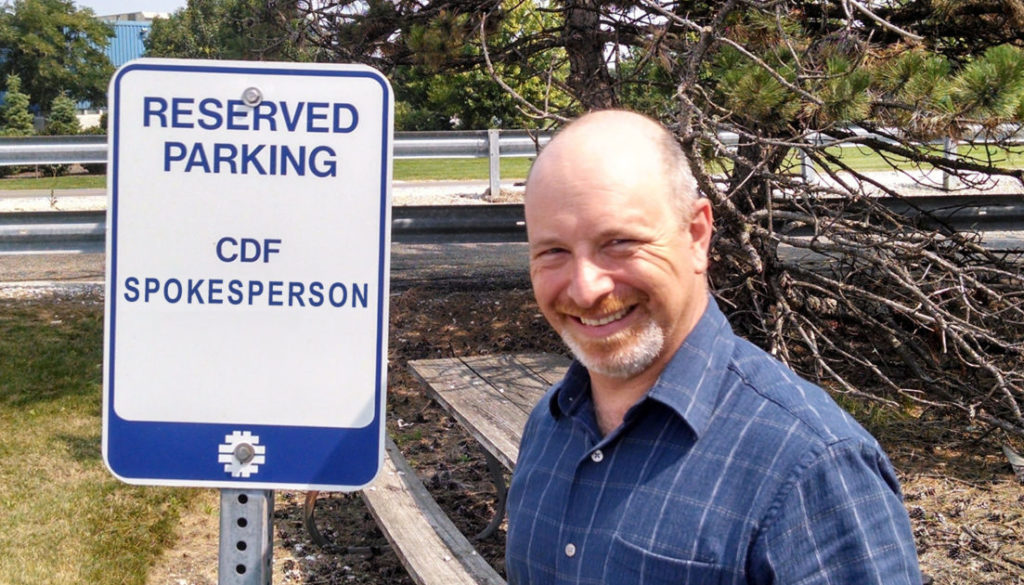Texas A&M Physicist David Toback Elected to Third Term as CDF Co-Spokesperson
BATAVIA, IL —
Texas A&M University physicist Dr. David Toback has been elected to his third consecutive two-year term as co-spokesperson for the CDF collaboration at the U.S. Department of Energy’s Fermi National Accelerator Laboratory (Fermilab), effective June 1, 2018.

Dr. David Toback 
Toback, offering career guidance and inspiration to a past group of Pearson Mechanics Scholars. A decorated educator and science communicator, he is a two-time Thaman Professor in Undergraduate Teaching Excellence (2008-11, 2012-15) and author of the textbook Big Bang, Black Holes, No Math,the basis for his popular undergraduate course offered by the Department of Physics and Astronomy.
The post Texas A&M Physicist David Toback Elected to Third Term as CDF Co-Spokesperson appeared first on College of Science.


